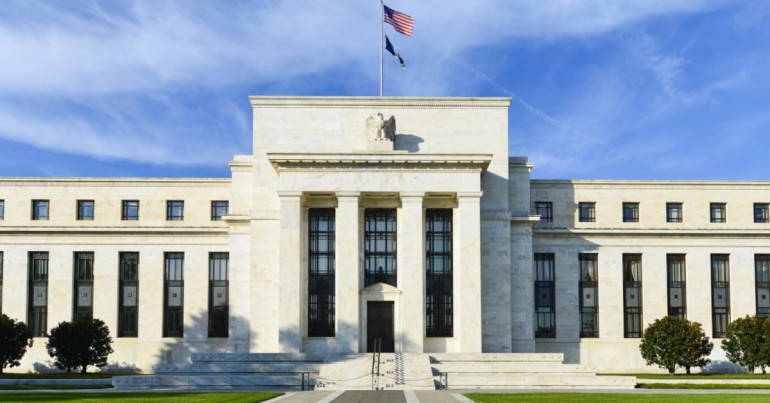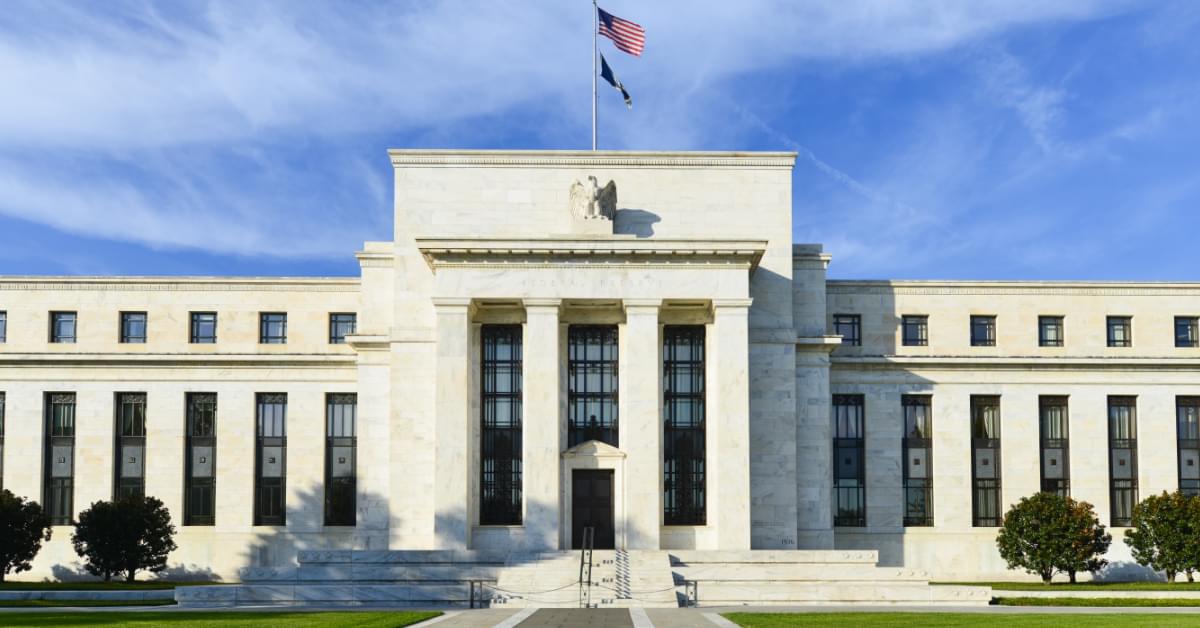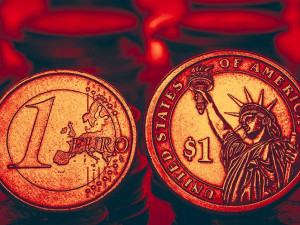
If you follow the foreign exchange markets or general economic news even cursorily, chances are you’ll have seen the Federal Reserve crop up often. The US’s central banking system, “the Fed”, as it’s known, can have a significant impact on America’s economy – and, therefore, that of the wider world, including on the FX markets.

What is the Federal Reserve, and how does it work?
The Federal Reserve, officially the Federal Reserve System, is the US’s answer to a central bank. As we have previously explored, these are the non-partisan institutions tasked with the currency and monetary policy of their country or jurisdiction.
The US is a little different to many countries, however, in that the Federal Reserve isn’t a single ‘bank’ but rather a collection of 12 regional Federal Reserve Banks located around the country.
The President appoints its seven-seat governing board (the Federal Reserve Board, or FSB). Currently, the Chair is Jerome Powell, known for his willingness to deploy high levels of monetary stimulus in an effort to drive economic growth. The position of Vice Chair is vacant following Lael Brainard’s resignation.
It is also home to the Federal Open Markets Committee, or FOMC, which you will see from time to time in our market updates. These are the people who essentially set monetary policy – and the markets look closely for releases from its eight meetings a year.
Despite presidential appointments of its senior leadership, the system is separate from the political arm of the state in that the executive and legislature don’t have to approve the Federal Reserve’s monetary decisions.
What are the key ways the Federal Reserve influences the economy?
There is a wide range of ways the Federal Reserve influences the US economy and, consequently, the value of the US dollar. Often we’ll see the markets predicting the Fed’s actions in advance – as we wrote last month while waiting for the results of the FOMC’s latest meeting, it would “shape G7 economies for the rest of this quarter”.
1. Interest rates
Interest rates won’t have escaped anyone’s notice in these times of a high cost of living. In the US, these are set by the Federal Reserve. If the FOMC chooses to raise interest rates, it’s usually a sign that they’re trying to tame price rises by making savings more attractive. In theory, this therefore provides less incentive to spend, which should reduce demand and therefore see merchants lower prices. On the other hand, if they lower rates, then it’s likely in an attempt to boost demand and activity.
At the moment, we’re seeing interest rates going up: on 27th July, the Fed hiked them to 5.25%.
In a sign of the unpredictability of the currency markets, the dollar lost ground following the announcement. While you often expect that making savings more attractive would mean an increase in demand for the dollar on the FX markets (despite the reasons being to tame wider demand), the wider economic implications of a continued rise in rates outweigh any other consideration.
2. Open market operations
The second headline-maker is its open-market operations (OMOs). This is a policy that the Federal Reserve employs to control the money supply on reserve.
If the Fed wants to add money to the system, then it will buy Treasury securities; if it wants to reduce the amount of money in the system, then it will sell them. Theoretically, by increasing the money supply, economic activity should increase due to easier-to-obtain loans with lower rates – banks have more money available, meaning they’re freer with loans. Decreasing the money supply, on the other hand, is usually intended to decrease economic activity by making loans more expensive.
What does this mean for the US dollar? Generally, the currency rate would fall based on more money available due to increased supply versus demand, and vice versa for a reduction.
3. Quantitative easing
Quantitative easing (QE) follows the same vein of thought as OMOs but in a more dramatic fashion. It involves purchasing a wide range of securities – long-term Treasury securities, private securities and sector-specific ones like mortgage-backed securities, for instance. By increasing the money supply, the idea is once more to stimulate the economy.
Quantitative easing as a policy was first used by the Bank of Japan in 2001 and has since been used by the Federal Reserve following the 2008 financial crisis. Particularly large asset purchases were made until 2013. After a period of “normalisation”, the pandemic saw a further rollout of QE from 15th March.
It’s difficult to predict how the markets will react to QE – it can be possible to see the markets rise as the introduction of QE usually means a crisis point has already been hit. Likewise, the very fact of a crisis means there are large influences from all directions. Certainly, at the beginning of the pandemic-induced round of easing, we did see the USD gain ground after the announcement, perhaps on optimism over action being taken, but perhaps too over other policy announcements around wider agreements over dollar funding availability around the globe.
4. Discount rate
The discount rate is the interest rate at which the Federal Reserve charges financial institutions for short-term loans. Discount window lending allows commercial banks to borrow at extremely short terms – normally 24 hours or less – via the regional branches of the Fed to cover their operating costs.
There are three options:
- Primary credit: available to banks in good financial condition.
- Secondary credit: a higher-rate option of credit extended overnight to those who don’t qualify for primary credit.
- Seasonal credit: offered to depository organisations who show they have seasonal liquidity pressures and have more than $500 million in deposits.
The Federal Reserve has the power to directly set the discount rate on these types of loans, lowering it to increase money supply or increasing it to contract supply. For example, it dropped primary credit rates from 2.25% in Oct 2019 to 0.25% in March 2020 as Covid took hold; secondary rates likewise were reduced from 2.75% to 0.75%.
Again, the result on the markets is not an ironclad prediction: times of crisis can cause sudden drops, but likewise, measures in those times can reassure the markets.

Protecting your money against sudden market movements
All of this adds up to a significant number of factors that can influence the currency markets through their impact on the economy – and that’s only coming from one player among many.
If you have exposure to the international currency markets, then the most important thing for you to do is to ring-fence your budget against this uncertainty.
Contact us if you want to find out how to create an effective FX risk strategy, and our dedicated team of experts will be happy to assist.
Alexander Fordham
Alexander is a writer specialising in foreign exchange and finance for companies with cross-border exposure. He’s written on topics including currency risk, international taxation and global employment for seven years. You can find him out hiking, travelling and working from Spain in the sunnier months.



